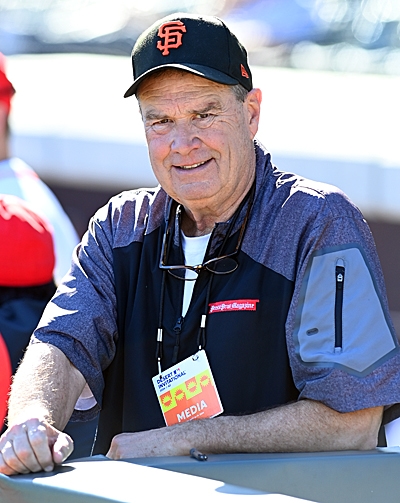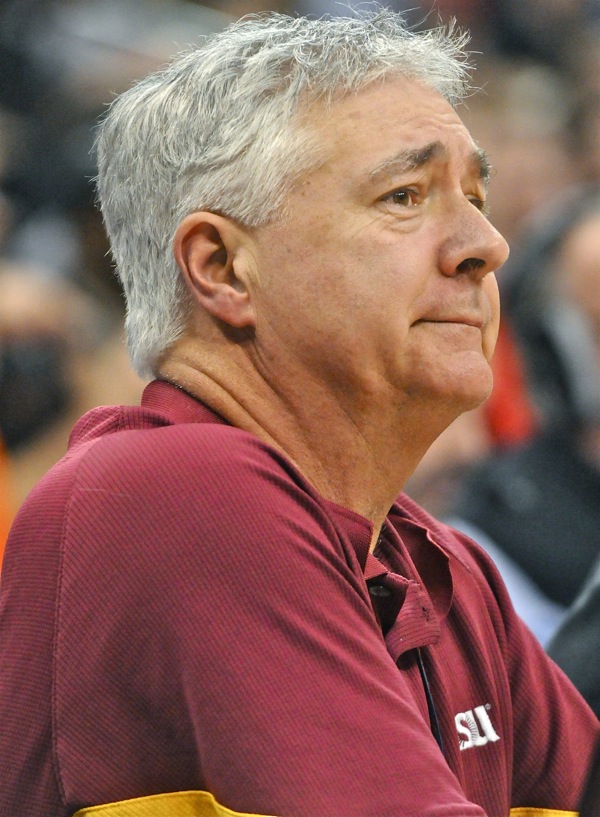
Nolan Ryan as he appeared on the cover of Sports illustrated in 1975, just two years after I saw him pitch against the Cleveland Indians. (Photo Provided)
It’s been fifty years, but the one and only time I saw the great Nolan Ryan pitch is a memory worth sharing, along with an additional backstage experience.
 Baseball’s been particularly good to me, and I count the many experiences I’ve had in Little League, high school, at Ohio State, and for eight seasons as a minor league umpire among my life’s blessings. You just can’t make such stuff up…the likes of people in baseball I’ve seen, watched, and met face to face.
Baseball’s been particularly good to me, and I count the many experiences I’ve had in Little League, high school, at Ohio State, and for eight seasons as a minor league umpire among my life’s blessings. You just can’t make such stuff up…the likes of people in baseball I’ve seen, watched, and met face to face.
And one of them involves hall of famer Nolan Ryan, when as a pitcher for the California Angels, I saw in person at old Cleveland Municipal Stadium in June of 1972, little dreaming that the young skinny pitcher I saw then would still be pitching in the big leagues 21 years later, and have a record 7 no-hitters.

Publisher/editor Sonny Fulks writes the Big Ten and Buckeyes baseball for Press Pros Magazine.com.
How it happened, my college roommate at the time, Dale Meggas, had invited me to his home in Cleveland for the weekend. Dale was a notorious Cleveland sports fan, a manager for the Ohio State men’s basketball team, and had a knack of knowing someone, anyone, everyone that could get him into a game, better seats, or to places that no one else would ever dream of being. But Dale did, and what he wanted he usually knew the right person to make it happen.
On that Saturday he decided that we would go downtown to old Municipal Stadium and watch the Indians play the California Angels…because Nolan Ryan was scheduled to pitch. Ryan, you won’t remember, was a member of the 1969 Miracle New York Mets, and who the Mets traded in the off-season before the 1972 season for California’s veteran third baseman Jim Fregosi. Not having a crystal ball at the time, the Mets never dreamed that the trade would later be remembered as one of the worst baseball trades in history. Because, Jim Fregosi would go on to become a not-so-memorable Met for the few years he was there, and Nolan Ryan would go on to become, well, Nolan Ryan, with 324 career wins, 5,714 strikeouts, and a record 27-year career in the big leagues. He was 46 years old when he retired after the 1993 season.
As it turned out, Dale knew the visiting clubhouse manager at the stadium, and when we showed up at will call we picked up our tickets and found that they were in the first row of the box seats, directly behind home plate. Of course, this wasn’t such a big deal because in those days no one came downtown to watch the Indians, who were 19-19 on June 6 under new manager Bob Aspromonte.
 Ryan, at the time, was gaining notoriety and a lot of attention for not only his fastball, which earned him the term ‘The Ryan Express’, but his 284 innings pitched that year, along with a 19-16 record. As the wins and strikeouts mounted, baseball people were already talking about what a terrible mistake the Mets had made in trading him away from a staff that had Tom Seaver, Gary Gentry, and Jerry Koosman.
Ryan, at the time, was gaining notoriety and a lot of attention for not only his fastball, which earned him the term ‘The Ryan Express’, but his 284 innings pitched that year, along with a 19-16 record. As the wins and strikeouts mounted, baseball people were already talking about what a terrible mistake the Mets had made in trading him away from a staff that had Tom Seaver, Gary Gentry, and Jerry Koosman.
His fastball put him on the cover of Sports Illustrated frequently, along with his ability to pitch 300 innings a season, and rack up 300 strikeouts. No one since has even come close to his record of durability and dominance. It didn’t take long that afternoon to see why.
Home plate at the Municipal Stadium was a mere 50 feet from the first row of seats. And from our vantage point we were close enough to see the reaction of Indians players facing Ryan the first time through the lineup. He threw the fastball almost exclusively, and up in their eyes. From where I sat I was mesmerized by not only the velocity, but the way the ball rose in the strike zone, like a jet plane’s ascent upon takeoff. There were no radar guns in the stadiums at that time, but he clearly over-matched the best Indians players in the lineup. He threw so hard that you could actually hear the ball when it got to home plate, like a hissing noise, and hitters respected that, because had it hit you it would not have been a good thing.
Lack of control was one of Ryan’s obstacles, as well as advantage. He was just wild enough that hitters hated to dig in against him, but on his good days, he had a knee-buckling curveball that sent hitters back to the dugout shaking their heads. He was impossible to hit.
The Angels scored 4 runs in the top of the first, and from the outset it looked like that would be all Ryan needed to win the game. He struck out several hitters the first two innings with that high fastball, but by the second time through the order the Cleveland hitters were more patient, the walks began to pile up, and by the fifth inning Ryan was out of the game, replaced by reliever Rudy May. May would complete the game and be credited with an 8-4 win. Looking back now, Ryan’s stat line was 4.1 innings pitched, 4 strikeouts, 5 walks, and four earned runs. It was not one of his better days, and hardly something an average fan would remember.

Long-time friend and former Press Pros writer Dale Meggas passed away five years ago…a Cleveland die-hard, who knew someone everywhere that could get you into places that no one else even tried.
After the game…the magic of Dale Meggas took over. Somehow he contacted his friend in the Angels’ clubhouse and arranged for the two of us to get in the visitors waiting room to meet some of the players as they left the stadium. And lo and behold, one of the first to pop through the door was Nolan Ryan. He was tall and very skinny, about 6’2 and 170 pounds, and politely said hello to what few people were in the room. Meggas had a cheap camera with him and asked Ryan for a photo together, which he did. He didn’t say much, but was kind to accommodate the people waiting, and having done so he quickly left, climbed into a waiting pickup truck, and disappeared into downtown Cleveland.
I think back now because as poorly as he pitched on that day, that incredible fastball would serve him well for 23 more years in the big leagues, his 7 no-hitters, and induction into the hall of fame (first ballot) in 1999 with 98.5% of the necessary votes.
And at age 44, on May 1, 1991, he pitched the final of his 7 no-hitters against the World Champion Oakland Athletics, and there WERE radar guns by this time that clocked him at 96 miles per hour…and 44 years old! It led many to believe that in his prime, his 20s and early 30s, Ryan was surely the fastest pitcher, not only then, but in the history of baseball.
And I saw him just once in person…June 6, 1972.

Precision Strip, in Minster, proudly sponsors your favorite sports coverage on Press Pros Magazine.com.

